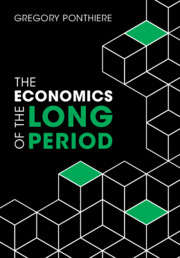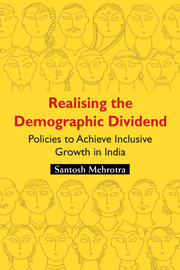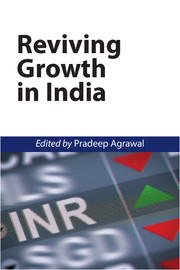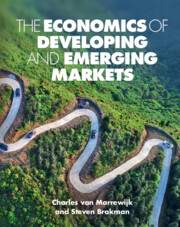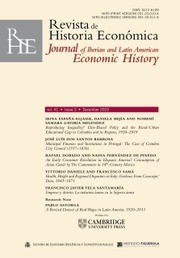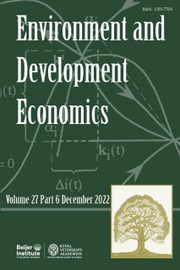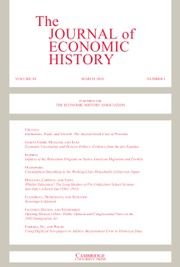The Economics of the Long Period
This book provides a non-technical introduction to Unified Growth Theory (UGT), that is, the study of history as a succession of economic regimes. It first focuses on the canonical example of regime shift: the transition from the regime of Malthusian stagnation to the modern regime of sustained economic growth. Then, it broadens the perspectives on historical change by examining other regime shifts involving institutional and environmental forces. This book fills a gap in the market by providing a more accessible treatment of UGT and invites readers to explore ideas of continuity and discontinuity in history.
- Puts the economic analysis of the long period in a historical perspective, which provides solid foundations for introducing modern economic analytical tools
- Makes Unified Growth Theory accessible to readers without specialized training in economics, such as undergraduate students from other social sciences, or graduate students from interdisciplinary programs
- Provides examples of regime shifts and transitions in various social dimensions (technological, institutional and environmental)
Product details
August 2022Paperback
9781009169745
300 pages
243 × 168 × 14 mm
0.44kg
Available
Table of Contents
- Introduction
- Part I. The Long Period: Some Milestones:
- 1. A Brief History of Long-run Economic Analysis
- 2. Empirical Elements
- Part II. Unified Growth Theory: Foundations:
- 3. The Stagnation Regime
- 4. Economic Take-off
- 5. Institutions and Distribution
- 6. The Natural Environment
- Part III. Unified Growth Theory: Microeconomics of Regime Shift:
- 7. Economic Growth and Education
- 8. The Birth of Institutions
- 9. Lifestyles and the Natural Environment
- Conclusion. Continuity and Discontinuity in History.

